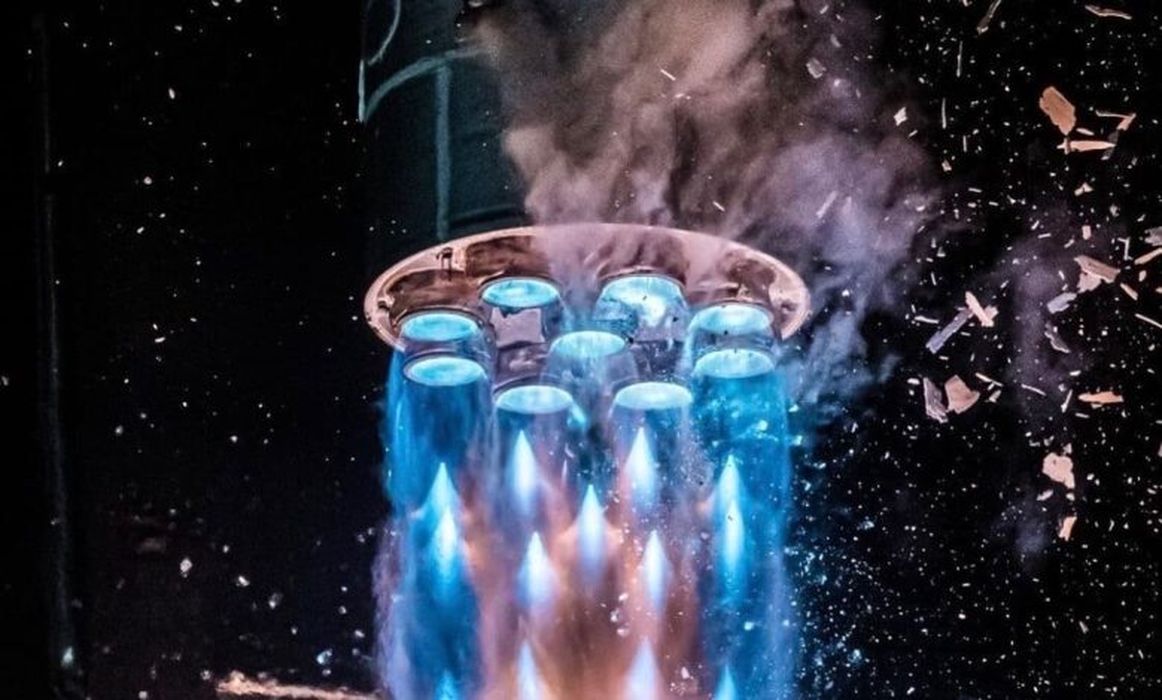
We have updated our list from 2020 with some new entries and some surprises. Check out VoxelMatters’ VM Focus Aerospace eBook for the complete Top 20.
It has been exactly three years since we published our list of the top 15 coolest space companies using AM and a lot has happened since. Space X now sends rockets up and down to and from orbit as if it were routine and even sent crewed missions to the ISS. Meanwhile, AM adopters such as Relativity, Launcher (now part of Vast), Rocket Lab, Redwire, Orbex and many more are taking giant steps in consolidating the NewSpace industry and making space even more accessible. Let’s take a new look at the companies that are preparing the groundwork for the commercial era of space exploration, colonization and human flight.
These are companies that have leveraged additive manufacturing to achieve their goals in terms of part weight optimization, production streamlining and custom manufacturing. In space, weight may not matter but in getting to space, it matters more than anything. Zero gravity may also be the ideal environment for 3D printing to express its full potential.
1. Relativity (up from 3)
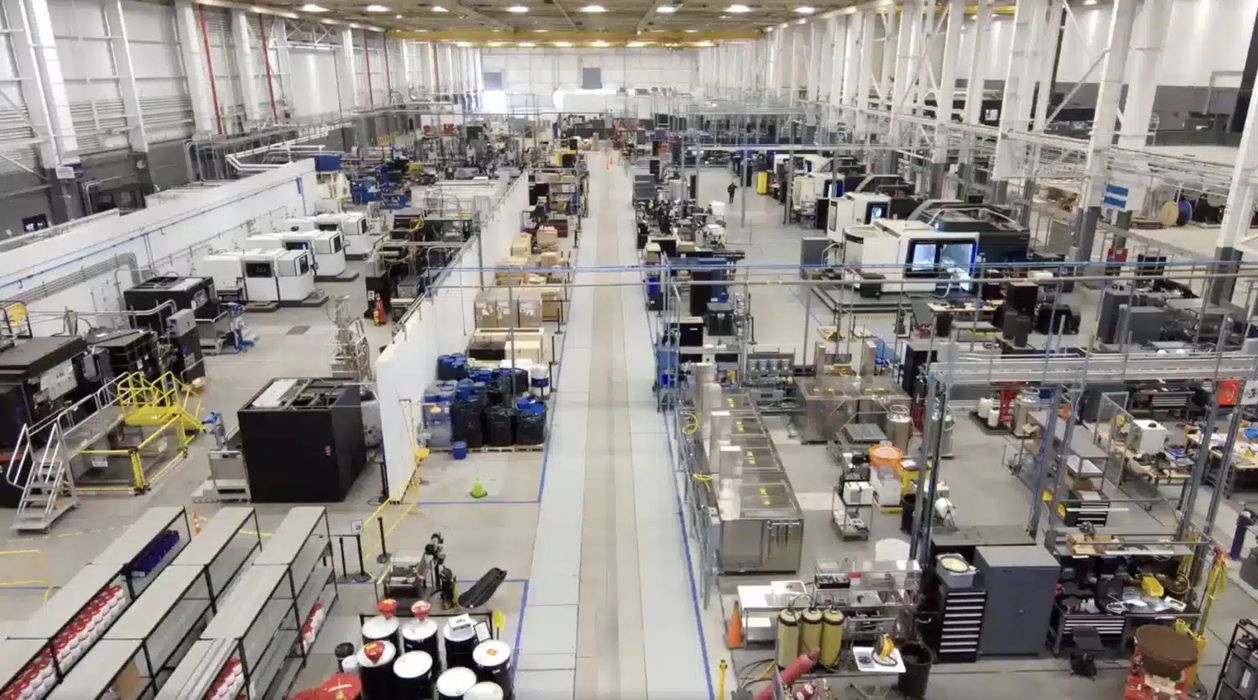
After the mostly successful launch of the first fully 3D printed rocket, which passed Max-Q (although it did not reach orbit), Relativity has moved into the top spot. After two attempts canceled at the last moment, Relativity’s entirely 3D printed (stages and engines) Terran 1 rocket took off successfully from Launch Complex 16 in Cape Canaveral, Florida, last March 23rd. The rocket, powered by super-chilled methane and oxygen, showed the world that a fully 3D printed stage one can endure the harshest conditions of an orbital launch. Relativity’s giant California facility houses three large EOS M400 class DMLS systems, four Velo3D Sapphire systems (including two Sapphire XC class systems) and the giant, internally developed, Stargate metal DED system.
2. SpaceX (down from 1)
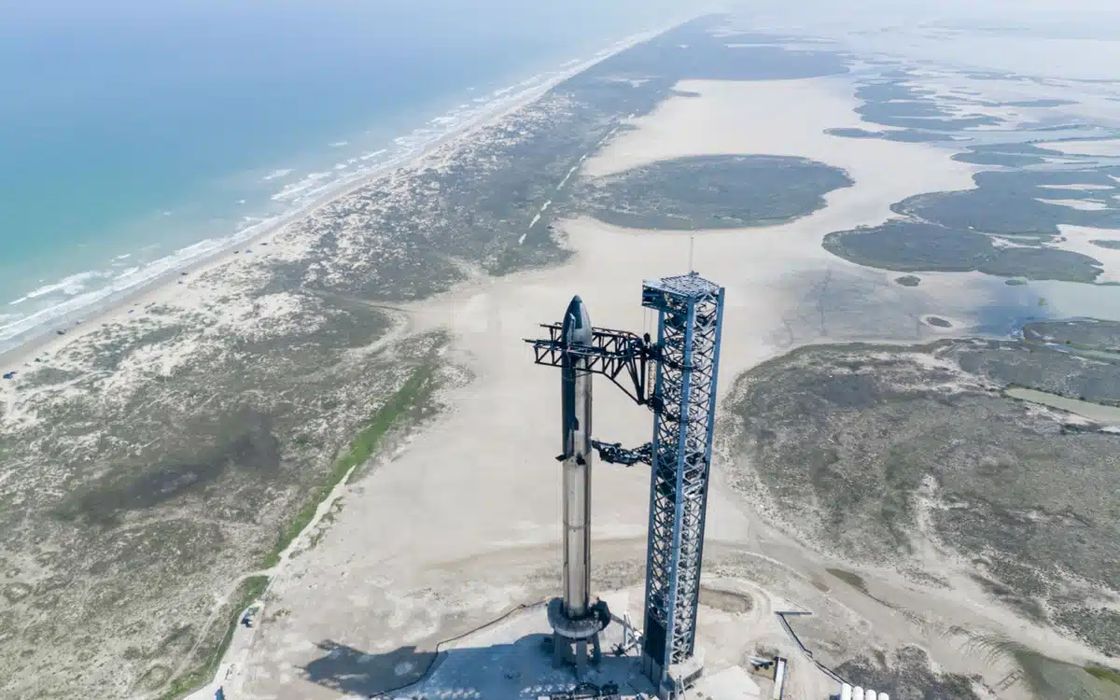
SpaceX is the leading company in the Space industry, and the one that has achieved the impossible, repeatedly: first by landing rockets (which integrate multiple 3D printed parts) and reusing them, then as the first private company to launch humans into space and more recently with the giant Shartship rocket test launches. SpaceX was one of the very first companies to present additively manufactured rocket engines, the SuperDraco engines used in the launch recovery emergency system. This happened more than five years ago and has helped dozens of other companies—not only in space—understand the benefits of metal AM and its reliability as a manufacturing process for advanced, high-performance parts. Founder Elon Musk was an outspoken supporter of AM as a production process since the early days. The only element limiting SpaceX in this list is that the company no longer publicizes its use of 3D printing at all.
3. Vast, formerly Launcher (up from 5)
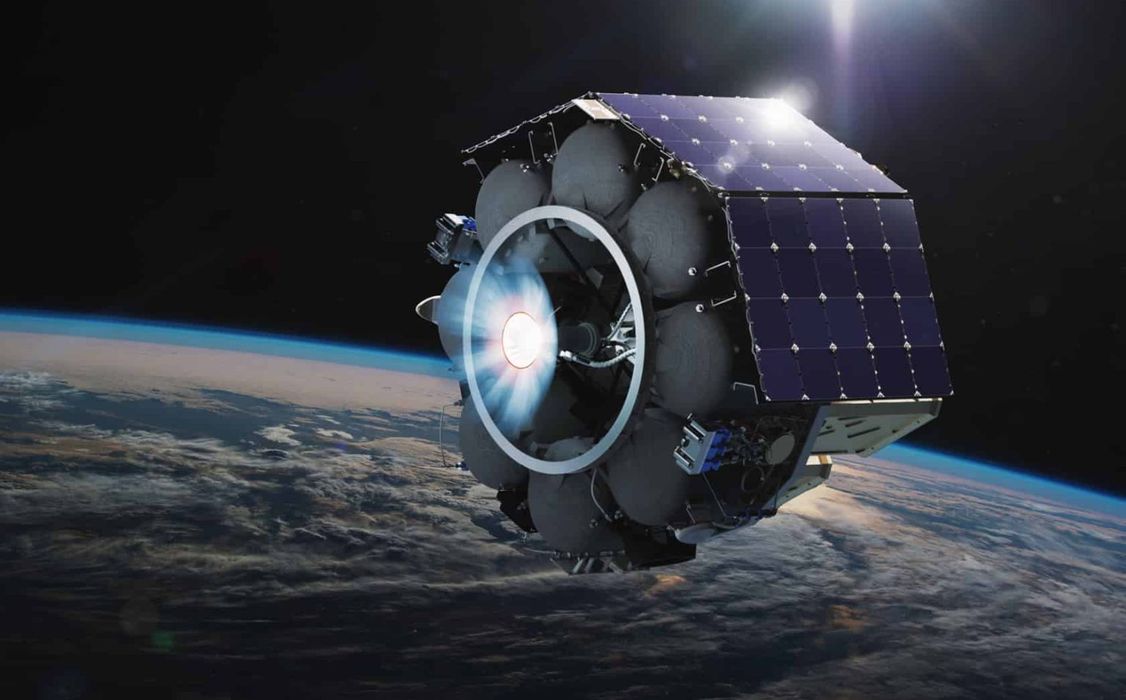
Launcher was acquired by Vast last year. The company started out of NYC in 2017 and—with support from the specialists at EOS Group’s AMCM—produced the largest single 3D printed part: an 86-cm-tall copper alloy 3D printed rocket engine combustion chamber for its E-2 rocket engine. The part was 3D printed on AMCM’s M4K machine and it is the world’s largest liquid rocket engine combustion chamber 3D printed in a single part, with an exit nozzle diameter of 16 inches (41 cm). The company later moved to a large new facility in Hawthorne, California and brought on former SpaceXer and AM expert Tim Berry as Head of Manufacturing. As part of the acquisition, all of Launcher’s team members joined forces with Vast for a combined team of over 120 employees who will jointly occupy the 115,000-square-foot Vast headquarters in Long Beach.
4. Rocket Lab (down from 2)

Rocket Lab is definitely one of the coolest companies making the most of 3D printing in rocket manufacturing. Originating from New Zealand and now operating out of California, this company has been developing its space vehicle, Electron, since 2013. The rocket’s first stage’s nine Rutherford engines are the first oxygen/kerosene electric turbo-pump-fed engines to use 3D printing for all primary components. In July 2019, Rocket Lab completed the production of its 100th Rutherford engine and has continued to produce 3D printed parts showing that AM fits within a proficient business model. In Q1 2023, Rocket Lab generated $54.9 million in revenues, growing by 35% YoY.
5. Orbex (down from 4)
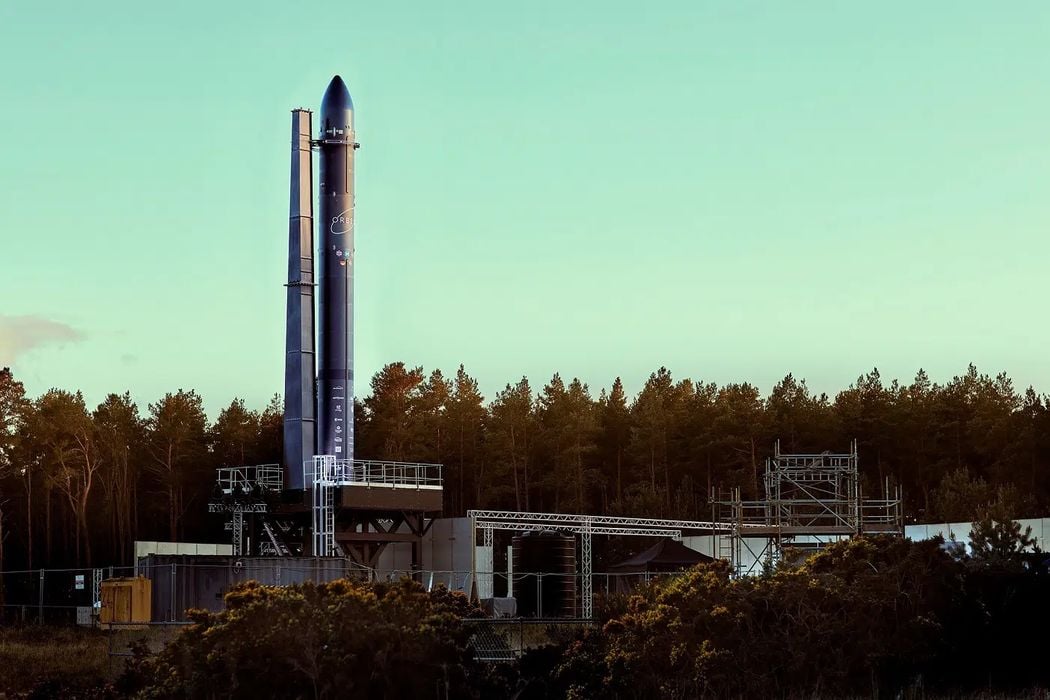
Orbex is not just any space company. As a low-cost orbital launch services company serving the needs of the small satellite industry, Orbex has developed one of the most advanced, low-carbon, high-performance micro-launch vehicles in the world. In 2019, the Forres, Scotland-based company revealed that it manufactured the world’s largest metal rocket engine 3D printed in a single piece, using the SLM800 metal 3D printer from German AM company SLM Solutions. The company also now operates a custom M4K 3D printer from AMCM Gmbh. The machine, a modified version of EOS M400 with a larger build volume, is printing full-scale mono-body rocket eninges and turbopumps in-house. In May 2022, the company unveiled the first full-scale prototype of the Prime orbital space rocket, signalling a major step forward for the British rocket company as it prepares for the first-ever vertical rocket launch to orbit from UK soil.
6. Blue Origin (stable)
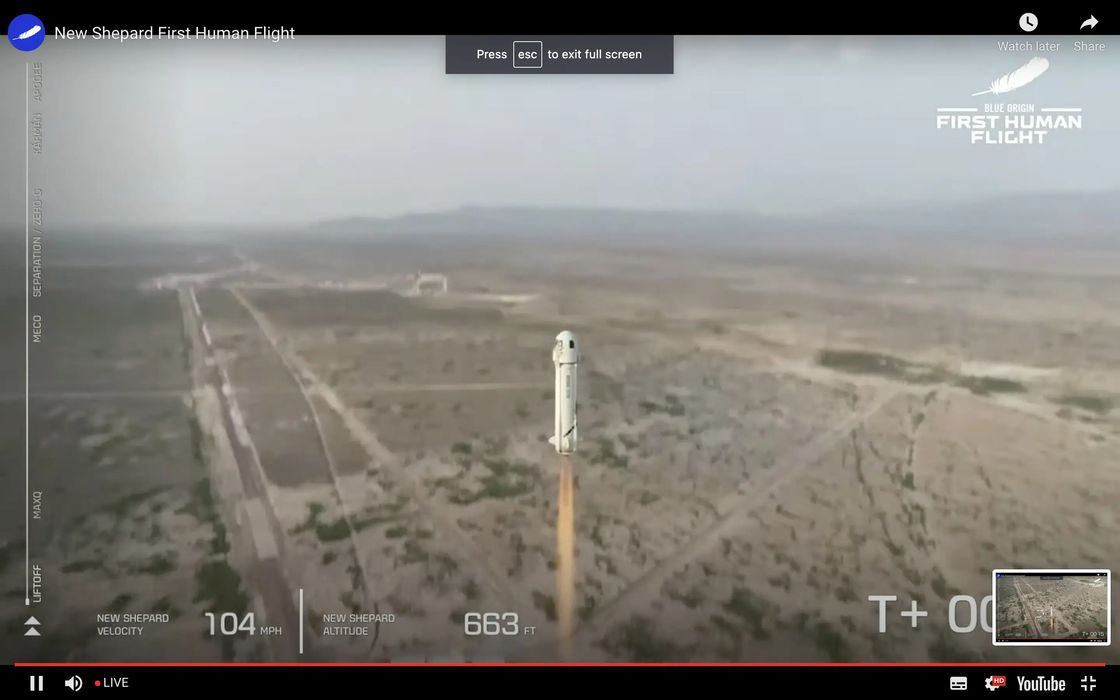
The company founded by Amazon’s Jeff Bezos uses AM for multiple applications. The company was selected to be part of NASA’s Artemis program to return humans to the Moon with a project based on the Blue Moon Lander’s BE-7, which has “almost entirely 3D printed” engines.
In the more short term, Blue Origin has been flight testing the New Shepard rocket and its redundant safety systems since 2012. The program has had 22 successful consecutive missions including three successful escape tests, showing the crew escape system can activate safely in any phase of flight. Last year Stratasys revealed it has shipped its milestone 35,000th industrial FDM 3D printer to Blue Origin. Meanwhile, Blue Origin and Sierra Space revealed their plans for Orbital Reef, a commercially developed, owned, and operated space station to be built in low-Earth orbit. Orbital Reef is backed by space industry leaders including in-space 3D printing specialist Redwire Space.
7. Redwire, formerly Made in Space (up from 12)
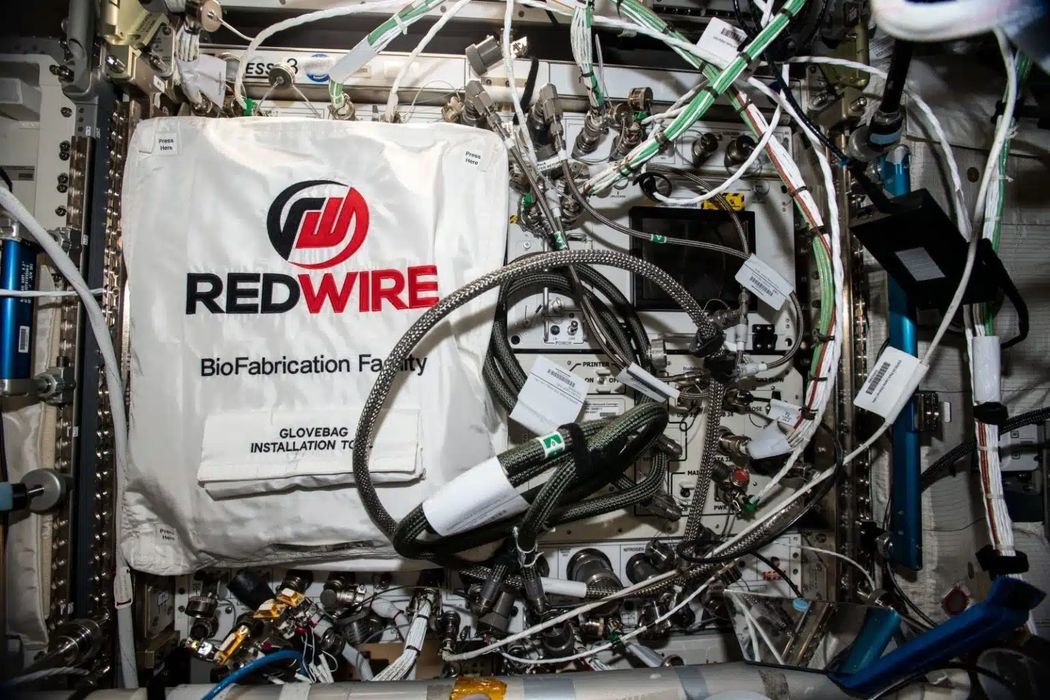
Redwire Space acquired Made in Space in 2020. For those who were not familiar with it, MIS was the first company to send a 3D printer to the International Space Station and actually use it to print tools (it’s now standard procedure). Today Redwire offers several different additive manufacturing systems. These include the 3D BioFabrication Facility (BFF) and the Redwire ADvanced Space Experiment Processor (ADSEP), which together comprise the first-ever system capable of manufacturing human tissue in the microgravity condition of space. Another AM system generating revenue for Redwire is the Additive Manufacturing Facility (AMF), the first permanent commercial manufacturing platform to operate in low Earth orbit. AMF is onboard the ISS and its versatility and durability have made it a reliable resource for government and commercial customers since its activation in 2016. More recently, Redwire’s Ceramics Manufacturing Module (CMM) was also installed on the ISS to use stereolithography (SLA) for solid ceramic parts. In May 2023, Redwire Space NV, a subsidiary of Redwire Corporation, was awarded a €14 million contract funded by the Exploration Programme of the European Space Agency to design, develop, and qualify the 3D-BioSystem Facility. The company reported that it generated $160.5 million in revenues in the fiscal year 2022, growing 16.7% as compared to $137.6 million for the full year 2021.
Read the rest of this story at VoxelMatters
